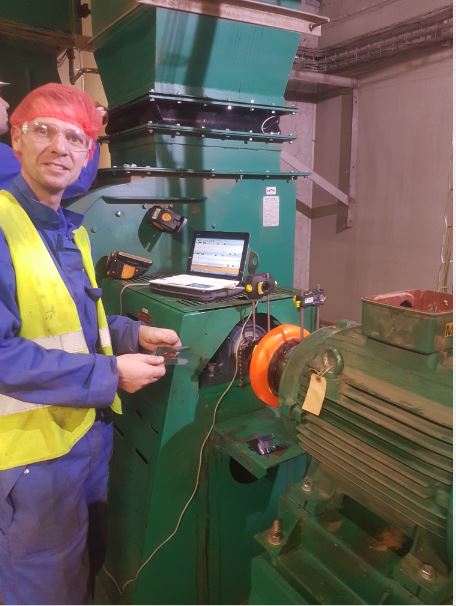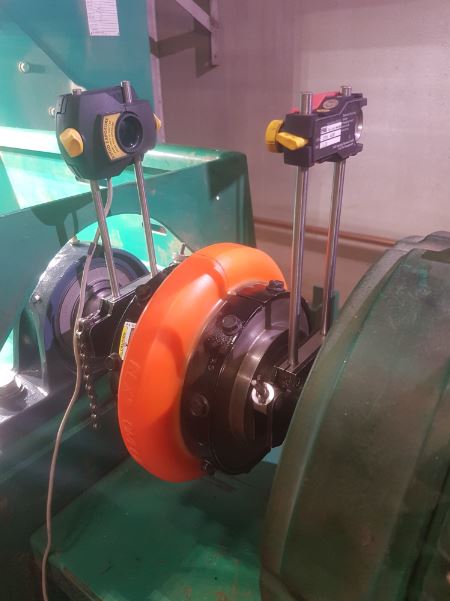Align
Why align?
Misaligned axles result in:
- bearings, gears, couplings and seals are overloaded and therefore wear out faster
- additional noise pollution occurs due to vibration and product quality becomes worse

The procedure alignment is in two stages:
- Measuring the position of the two center lines relative to each other
- Correcting the movable axis (laying center lines concentrically)
Skewers
Correctly aligned: The rotational centerlines of the axes are purely coaxial
Radial error: The rotational heart lines, although parallel, are eccentric to each other
Axial error: The rotation centerlines are coaxial but the distance between the coupling halves is too large.
Angle error: The rotation centerlines intersect in the middle between the coupling halves. (angle α)
In practice, these errors usually occur simultaneously!

Foundations, base plates and machine enclosures
Shaft supports (bearing housings), motors, pumps, compressors, etc. are often mounted on:
- concrete foundations
- base plates or frames
- cast iron or welded machine housings
- the foundation is stable (can absorb forces)
- each surface to be actually flat (unambiguous imposition)
- the parallelism between overlays are good. (alignment)
- allow for thermal growth (operating temperature should not interfere with alignment)
- static and dynamic loads are minimal (proper balancing and alignment)

